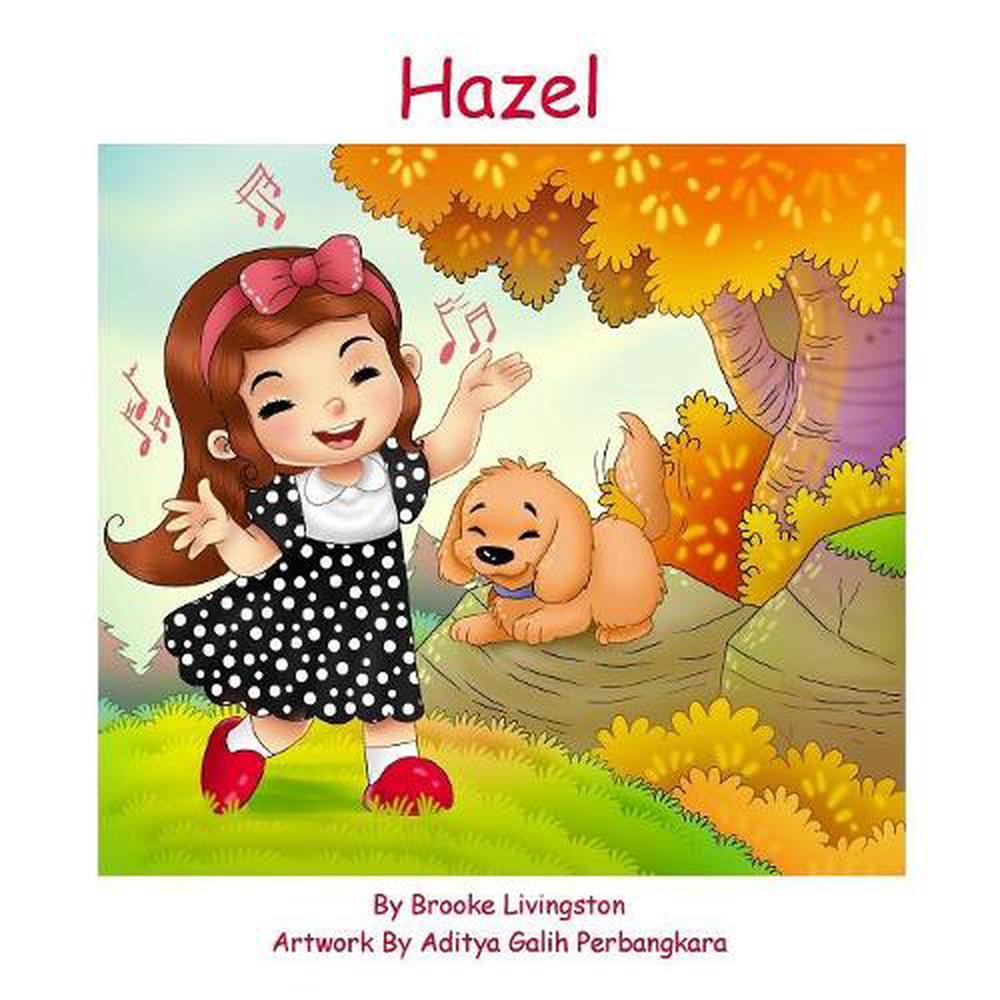

Julie Hearn has written several historical novels for teenagers which have been applauded for their excellent storytelling and being well anchored in realities of a particular time. The black workers moving around mysteriously fascinate Hazel, and when mysterious writing starts to appear on her desk, she is compelled to discover yet more family secrets. The plantation is run by her grandparents, who are good to Hazel but long for the Good Old Days, reminded by the whip that's still hanging on the wall of the barn.

When her own plotting gets mixed up with a major family crisis, she gets sent to the West Indies, where the family sugar plantation is. Hazel is a strong-minded girl with a need for independence and the idea of making a stand in a name of more rights for women appeals to her growing need for rebellion and self-assertion. Her inquires about suffragettes are not welcome - most people, including those of her own sex consider them to be dolally womenand the subject is not deemed appropriate for Hazel's young and sensitive ears. At the beginning of the story, Hazel is living a very sheltered existence indeed: a comfortable townhouse in London with servants, a Very Girly bedroom, a day school for daughters of gentlemen, a father that is In Sugar and a mother - slightly bohemian, vegetarian and spending her days in the Battersea Dogs' Home. As befits a decent coming of age story, there is a crisis (in fact, two crises) that leads to a new level of self-awareness and maturity for the heroine. The event, understandably, makes a strong impression on Hazel and starts her on a journey of discovery that will span the geographical distance between London and The West Indies, and the psychological distance between the sheltered existence of a bourgeois childhood and a much more grown up awareness of a young woman.Ī lot happens in Hazel: despite the main character being quite introspective, the action rolls on at a good speed and with a mixture of humour and heartbreak. It's June 4th, 1913 and a woman in a dark coat steps out in front of the King's horse to be trampled to death.

Hazel is 13 and watching the Epsom Derby with her father. It is a great yarn, a story to immerse oneself in and enjoy energetic action, sympathetic characters and a satisfactory, fulfilling resolution. It offers a mixture of historical background and age-appropriate psychology. Summary: Any reader above 11, especially a female one aged 11-16 will find this book a stimulating, engaging read.


 0 kommentar(er)
0 kommentar(er)
